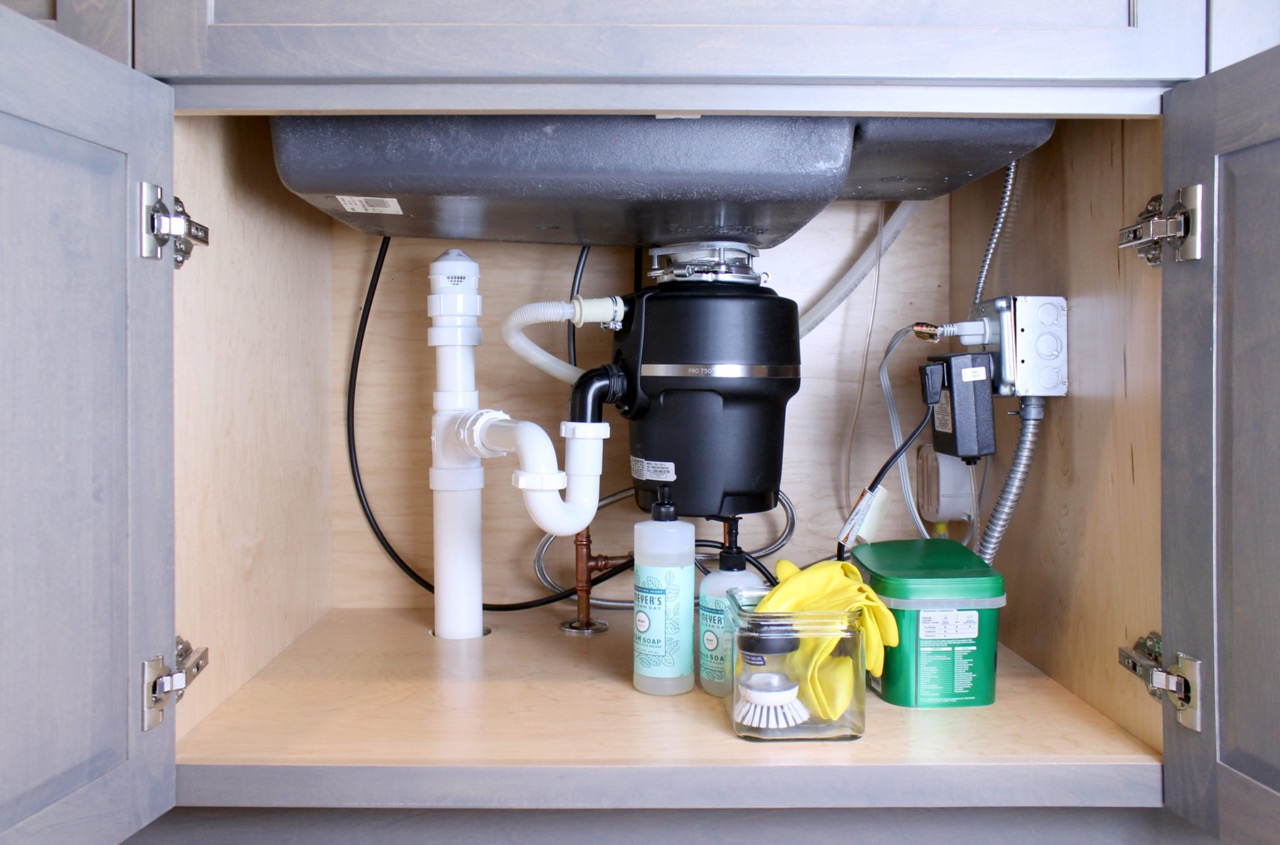

Articles
What Is AAV In Plumbing
Modified: August 28, 2024
Learn all about AAV (Air Admittance Valve) in plumbing with our informative articles. Find out how AAV works and its benefits for your plumbing system.
(Many of the links in this article redirect to a specific reviewed product. Your purchase of these products through affiliate links helps to generate commission for Storables.com, at no extra cost. Learn more)
Introduction
Welcome to the world of plumbing! Whether you are a homeowner or a DIY enthusiast, it’s important to understand the various components that make up a plumbing system. One such component that plays a crucial role in maintaining the functionality and efficiency of the system is the AAV (Air Admittance Valve).
In this article, we will explore what exactly an AAV is and how it contributes to the overall functioning of a plumbing system. We will delve into the working principle of AAVs, their advantages, installation process, and even touch upon maintenance and troubleshooting. So, let’s get started!
Key Takeaways:
- AAVs are essential for plumbing systems, offering easy installation, reduced odor, and improved drainage. Adhering to regulations and codes ensures their efficient and safe usage.
- Regular maintenance and troubleshooting of AAVs are crucial for optimal functionality. Understanding their role and seeking professional guidance when needed ensures a well-functioning plumbing system.
Read more: What Is Plumbing?
Definition of AAV
An AAV, or Air Admittance Valve, is a plumbing device designed to allow air to enter the plumbing system while preventing the escape of sewer gases. It acts as a one-way valve, allowing air to enter the system when needed, but preventing the potentially harmful and foul-smelling sewer gases from entering the building.
In simpler terms, an AAV serves as a venting mechanism for the plumbing system, ensuring that it is properly vented to maintain optimal drainage and prevent the buildup of pressure or vacuum within the pipes.
Traditionally, plumbing systems were vented through roof vents, where the sewer gases would naturally rise and escape into the air. However, in certain situations where it is not feasible or practical to have a traditional venting system, such as in multi-story buildings or areas with limited space, AAVs offer an effective alternative for venting.
AAVs are typically made of durable materials such as PVC or ABS plastic, and they feature a rubberized diaphragm inside that allows air to enter the system while sealing off the vent to prevent the escape of gases.
Now that we have a basic understanding of what an AAV is, let’s explore how it works in more detail.
How AAV Works
The working principle of an AAV revolves around the movement of air and the prevention of sewer gases from entering the plumbing system. When wastewater flows through the drain pipes, it creates a vacuum, which needs to be equalized through the venting system.
When an AAV is properly installed, it is designed to remain closed and prevent the escape of sewer gases under normal conditions. However, when there is a negative pressure or vacuum in the plumbing system, such as when a toilet is flushed or a sink is drained, the AAV’s diaphragm is pushed upward by the pressure differential.
This upward movement of the diaphragm allows air to enter the plumbing system, equalizing the pressure and preventing the formation of a vacuum. Once the pressure is equalized, the diaphragm returns to its closed position, sealing off the AAV and preventing the escape of sewer gases.
It’s important to note that AAVs have a specific operational range, meaning they have limitations on the amount of pressure they can handle. If the pressure in the plumbing system exceeds the AAV’s capacity, it may not function properly, leading to issues such as slow drainage or the escape of sewer gases. Therefore, it is crucial to choose the right AAV with the appropriate operational range for a given plumbing system.
In the next section, we will explore the advantages of using AAVs in plumbing systems.
Advantages of AAV in Plumbing Systems
Using AAVs in plumbing systems offers several advantages, making them a popular choice in various residential and commercial applications. Here are some key benefits:
- Easy Installation: AAVs are relatively easy to install compared to traditional venting mechanisms. They do not require extensive plumbing modifications or the installation of roof vents, saving both time and money during the construction or renovation process. AAVs can be installed in tight spaces, making them ideal for retrofitting existing plumbing systems.
- Flexibility in Design: AAVs provide flexibility in plumbing system design. They can be installed at different heights and locations, offering more options for architects and designers. This flexibility is particularly advantageous in multi-story buildings or areas where traditional venting systems are not feasible.
- Reduced Odor and Noise: A properly functioning AAV effectively prevents the escape of foul-smelling sewer gases into the building, ensuring a more pleasant and odor-free environment. Additionally, AAVs help to minimize the noise associated with venting, as they eliminate the need for large roof vents, which can produce a significant amount of noise during windy conditions.
- Increased Space Efficiency: By eliminating the need for roof vents, AAVs free up valuable space inside the building, allowing for more efficient use of the available area. This is particularly beneficial in areas with limited space, such as high-rise buildings or compact residential units.
- Improved Drainage Performance: AAVs facilitate better drainage performance by equalizing pressure within the plumbing system. This helps to prevent issues such as slow draining sinks or toilets. By ensuring optimal drainage, AAVs contribute to the overall efficiency of the plumbing system.
These advantages make AAVs a reliable and convenient option for venting plumbing systems, especially in situations where traditional venting methods are not practical or feasible. In the next section, we will discuss the installation process of AAVs.
When working with AAV (air admittance valve) in plumbing, make sure to follow local building codes and regulations to ensure proper installation and functionality. AAVs are designed to prevent sewer gas from entering the building’s plumbing system, but it’s important to install them correctly to avoid any issues.
Installation Process of AAV
Installing an AAV in a plumbing system requires careful planning and adherence to plumbing codes and regulations. Here is a general step-by-step guide for installing an AAV:
- Choose the Proper AAV: Select an AAV that is suitable for your plumbing system. Consider factors such as the operational range, size, and compatibility with your existing plumbing configuration. Consult with a plumbing professional if you are unsure about the right choice.
- Locate the Installation Point: Determine the optimal location for installing the AAV. It should be positioned in a way that allows for efficient venting and maintenance. Consider local plumbing codes and regulations to ensure compliance.
- Cut the Pipe: Cut the drain pipe at the desired installation point using a pipe cutter or saw. Make sure to measure accurately and wear appropriate safety gear during this step.
- Install the AAV: Connect the AAV to the cut section of the drain pipe. Ensure a secure and watertight connection by using appropriate fittings and sealants. Follow the manufacturer’s instructions for proper installation techniques.
- Test the AAV: Once the AAV is installed, perform a thorough testing process to ensure its proper functioning. This may involve running water through the system and checking for any leaks or issues. Refer to plumbing codes and regulations for specific testing requirements.
- Secure and Insulate: Once the AAV passes the testing phase, secure it in place using brackets or straps. Insulate the AAV and surrounding pipes, especially if they are located in areas prone to freezing temperatures.
- Document the Installation: Keep records of the AAV installation, including the specific details such as the model, installation date, and any relevant notes. This documentation will be helpful for future reference and maintenance purposes.
It is important to note that plumbing codes and regulations may vary depending on your location, so always consult with a professional or local authorities to ensure compliance during the installation process. Regular inspection and maintenance of the AAV is also recommended to ensure its continued functionality.
In the next section, we will touch upon the maintenance and troubleshooting of AAVs.
Read more: What Is A Plumbing Fixture
Maintenance and Troubleshooting of AAV
Maintaining and troubleshooting an AAV is essential to ensure its continued functionality and prevent any issues in the plumbing system. Here are some important maintenance tips and troubleshooting steps:
Maintenance:
- Regular Inspection: Inspect the AAV periodically for any signs of wear, corrosion, or damage. Look for cracks in the housing or diaphragm, as well as any loose or worn-out fittings. Replace any damaged components promptly.
- Clean the AAV: Over time, debris or buildup can accumulate on the AAV, hindering its performance. Clean the AAV by gently wiping it with a damp cloth or using a mild cleaning solution. Avoid using harsh chemicals or abrasive tools that could damage the AAV.
- Check Ventilation Path: Ensure that the venting path is clear and unobstructed. Blocked vents can cause improper functioning of the AAV and lead to drainage issues. Remove any debris, leaves, or objects that may obstruct the ventilation path.
- Inspect Seals: Check the seals and gaskets of the AAV for any signs of wear or deterioration. Replace them if necessary to maintain a proper seal and prevent the escape of sewer gases.
Troubleshooting:
- Slow Drainage: If you notice slow drainage in your plumbing fixtures, it could indicate a problem with the AAV. Check for any clogs or blockages in the venting system, as well as the AAV itself. Clear any obstructions to restore proper drainage.
- Odor Issues: Foul odors in your plumbing system may indicate a malfunctioning AAV. Inspect the AAV for any cracks or leaks that could allow sewer gases to escape. Replace any damaged components to eliminate odor problems.
- Inconsistent Functioning: If the AAV intermittently opens or fails to seal properly, it may be due to a defective diaphragm or debris obstructing its movement. Clean the AAV thoroughly and inspect the diaphragm for any damage. If the issue persists, consider replacing the AAV.
- Consult a Professional: If you encounter persistent issues with the AAV or are unsure about how to troubleshoot and fix the problem, it is recommended to seek professional plumbing assistance. A licensed plumber will have the expertise and knowledge to diagnose and resolve any AAV-related issues effectively.
By regularly maintaining and promptly addressing any troubleshooting concerns related to the AAV, you can ensure its optimal functionality and the overall efficient operation of your plumbing system.
In the next section, we will briefly discuss the regulations and codes related to the usage of AAVs in plumbing systems.
Regulations and Codes for AAV Usage
When it comes to installing and using AAVs in plumbing systems, it’s crucial to adhere to the regulations and codes set forth by local authorities and plumbing organizations. These regulations ensure the proper functioning and safety of the plumbing system. Here are some key points to consider:
- Plumbing Codes: Plumbing codes, such as the International Plumbing Code (IPC) or the Uniform Plumbing Code (UPC), provide guidelines and standards for plumbing installations. These codes often specify the requirements for the use of AAVs, including their maximum distance from fixtures, height above flood levels, and operational restrictions.
- Permits and Inspections: In many jurisdictions, obtaining a permit and scheduling inspections are necessary for any plumbing modifications or installations, including AAVs. It is essential to check with the local building department to determine the specific requirements and ensure compliance.
- Approval Listings: AAVs should bear the proper approval listing mark, such as ASTM, ICC, or ICC-ES, indicating that they have been tested and meet the necessary standards for use in plumbing systems. Always look for products that have been certified by recognized testing agencies.
- Manufacturer’s Guidelines: Follow the installation instructions provided by the manufacturer of the AAV. These guidelines usually highlight the proper installation techniques, operational limitations, and maintenance requirements specific to the product.
- Local Regulations: It’s important to consider any additional local regulations, building codes, or specific plumbing requirements that may exist in your area. These regulations can vary, so consulting with a licensed plumber or contacting the local building department will help ensure compliance.
By following the applicable regulations and codes, you can ensure that the installation and usage of AAVs in your plumbing system will meet the necessary standards and prevent any potential issues in the future.
Now that we have discussed the regulations and codes, let’s conclude our article.
Conclusion
In conclusion, the Air Admittance Valve (AAV) serves as an essential component in plumbing systems, providing venting while preventing the escape of sewer gases. AAVs offer numerous advantages, including easy installation, flexibility in design, reduced odor and noise, increased space efficiency, and improved drainage performance.
The installation process of AAVs involves choosing the right AAV, locating the installation point, cutting the pipe, connecting and testing the AAV, securing and insulating it, and documenting the installation details. Adhering to plumbing codes and regulations is crucial during the installation process.
To maintain and troubleshoot AAVs, regular inspection, cleaning, and checking of seals are recommended. Troubleshooting issues such as slow drainage, odor problems, inconsistent functioning, or persistent issues may require professional assistance.
It’s important to comply with the regulations and codes governing the usage of AAVs. Plumbing codes, permits, inspections, approval listings, manufacturer’s guidelines, and local regulations should be considered to ensure proper installation and usage of AAVs.
By understanding the role of AAVs, following the installation process correctly, and staying up to date with maintenance and troubleshooting procedures, you can ensure the efficiency, functionality, and safety of your plumbing system.
Remember to consult with professionals or local authorities when in doubt, as they can provide expert guidance specific to your location and plumbing needs. With the right knowledge and adherence to regulations, AAVs can play a vital role in maintaining a well-functioning plumbing system for your home or building.
Thank you for reading, and we hope this article has provided valuable insights into the world of AAVs in plumbing systems!
Frequently Asked Questions about What Is AAV In Plumbing
Was this page helpful?
At Storables.com, we guarantee accurate and reliable information. Our content, validated by Expert Board Contributors, is crafted following stringent Editorial Policies. We're committed to providing you with well-researched, expert-backed insights for all your informational needs.
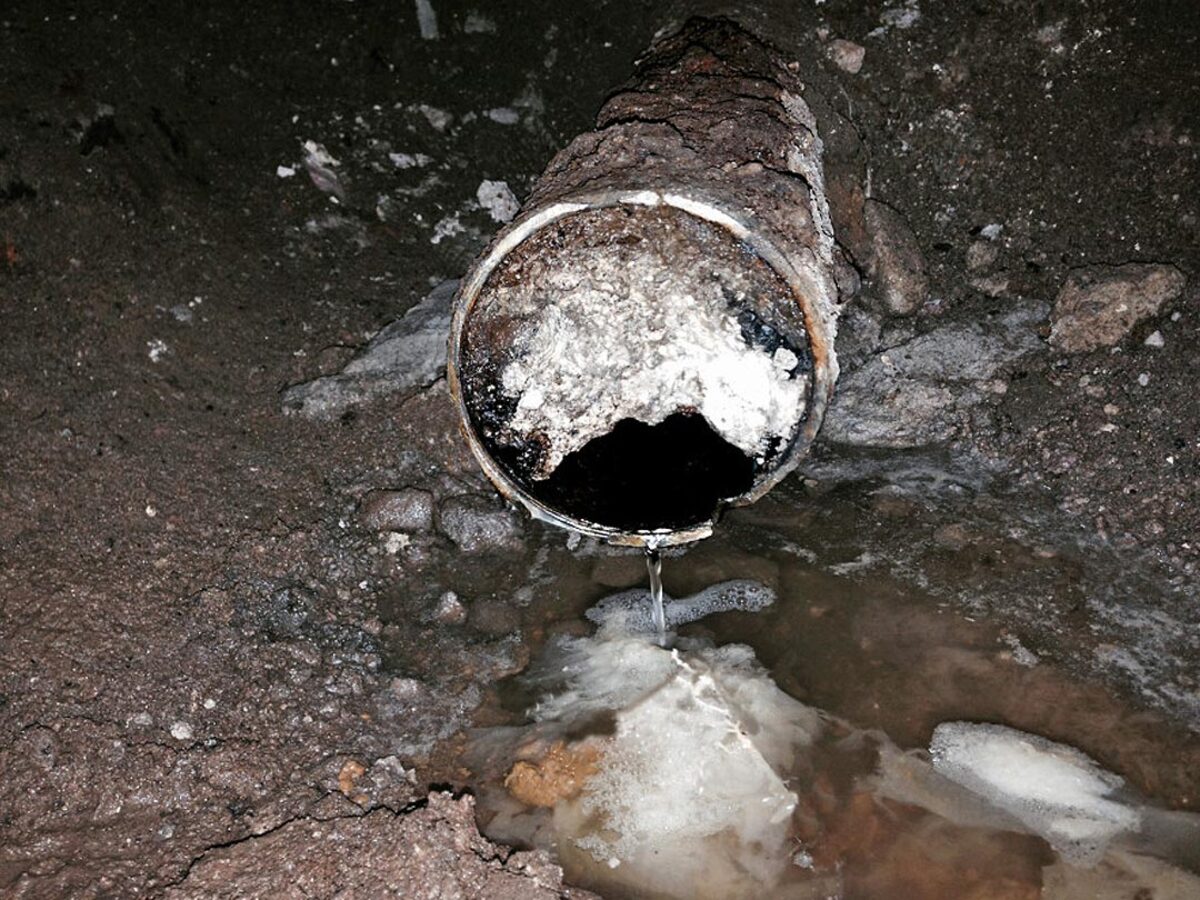
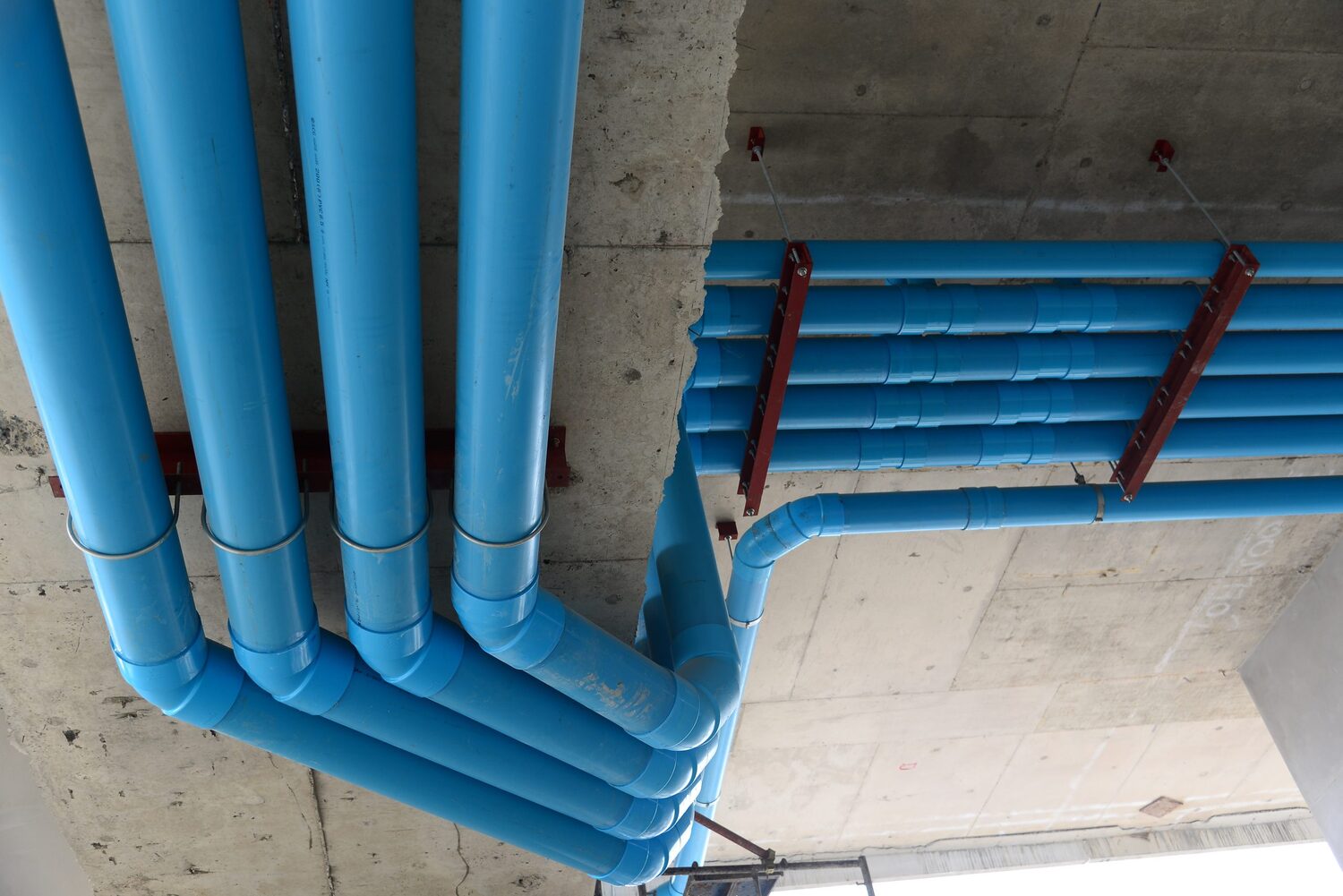
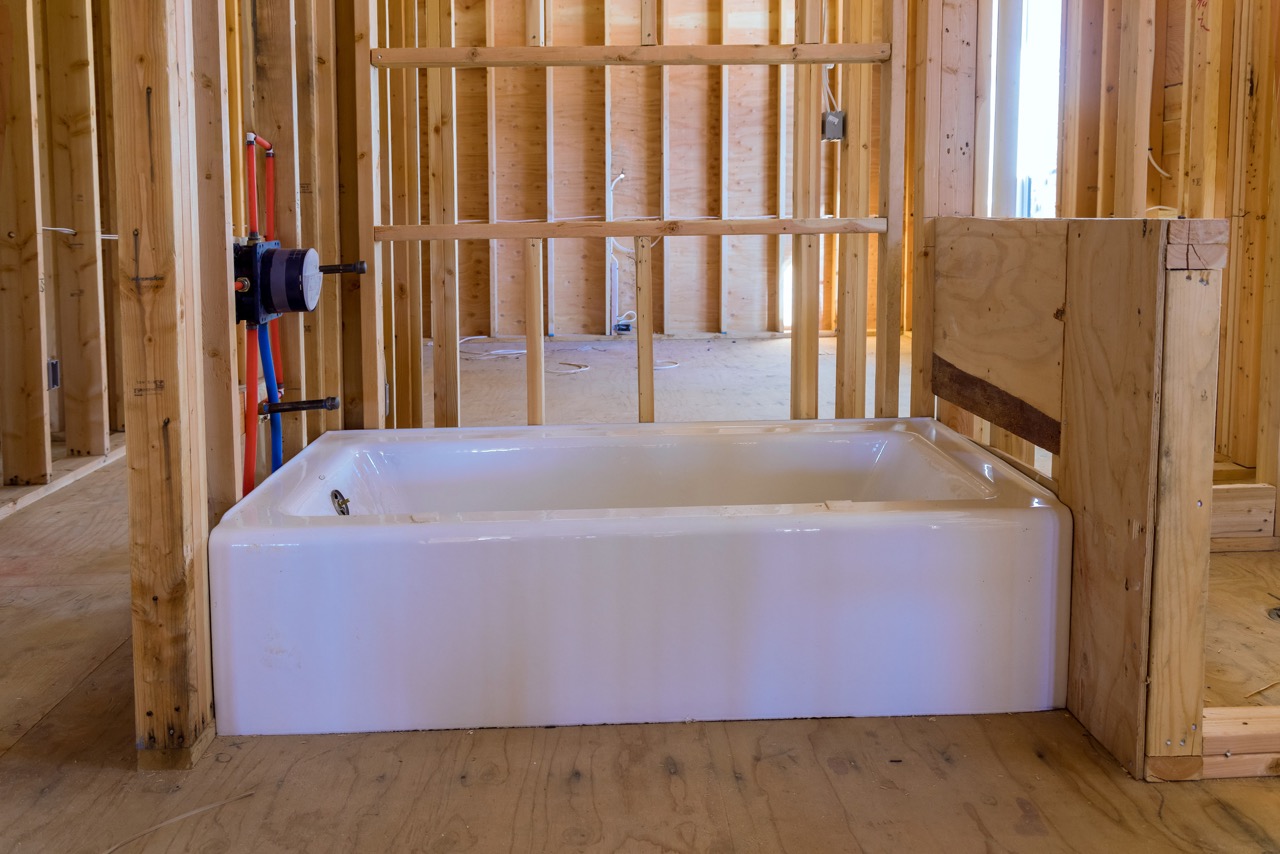
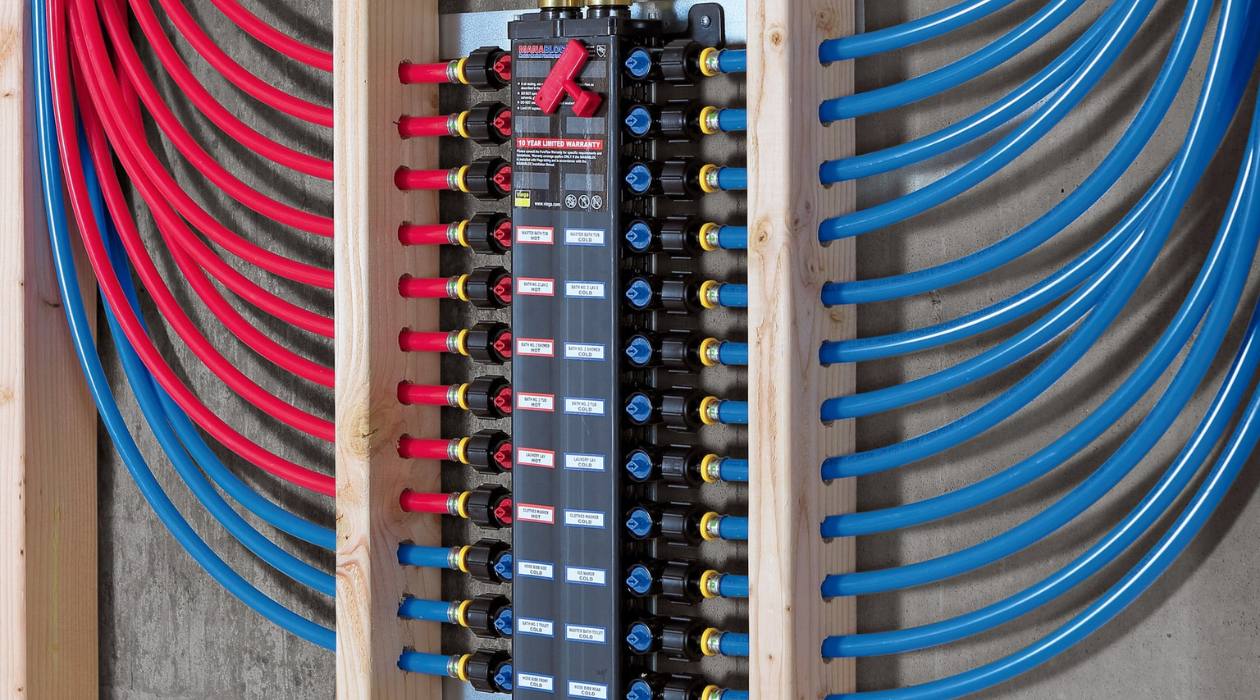
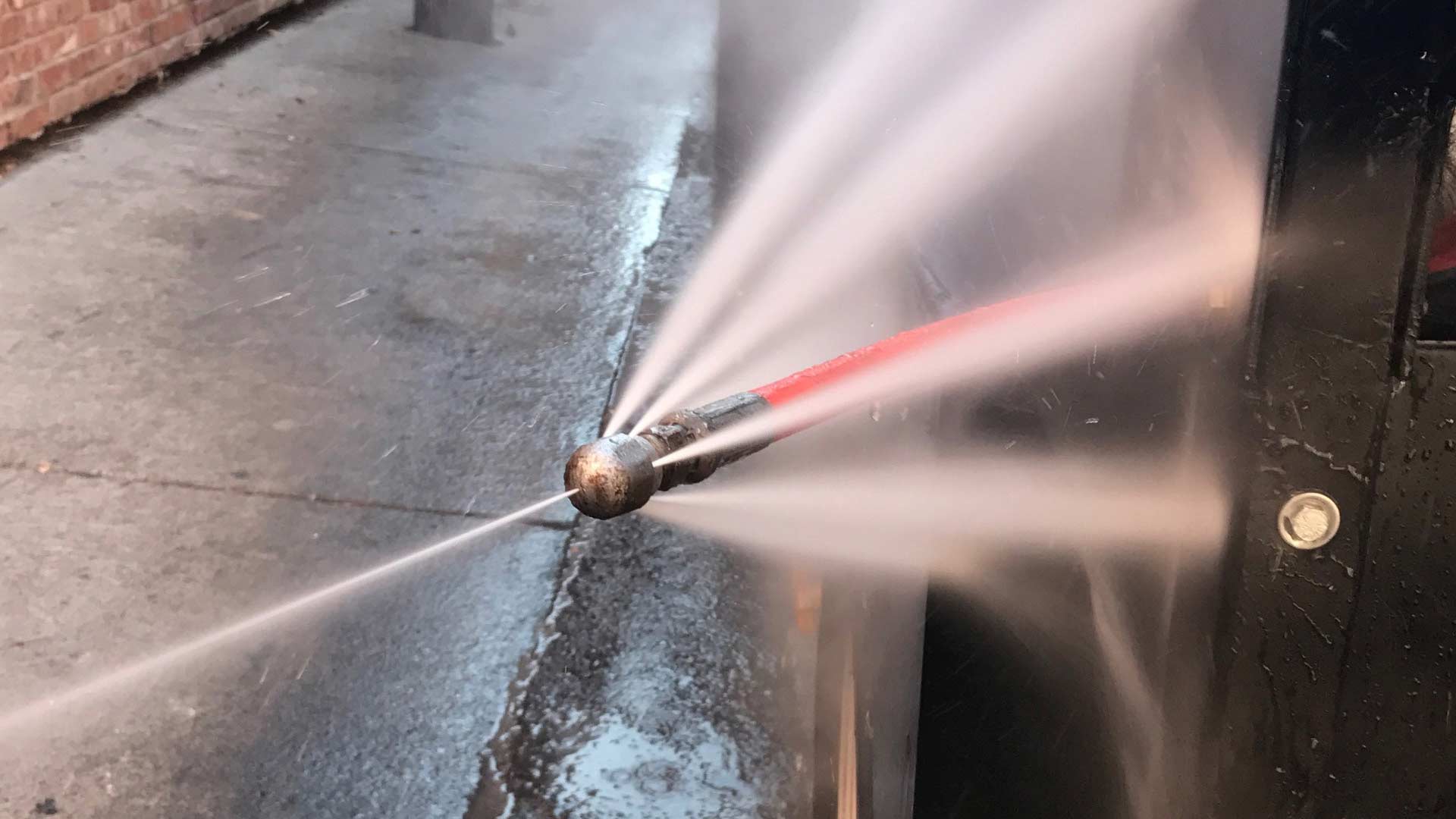
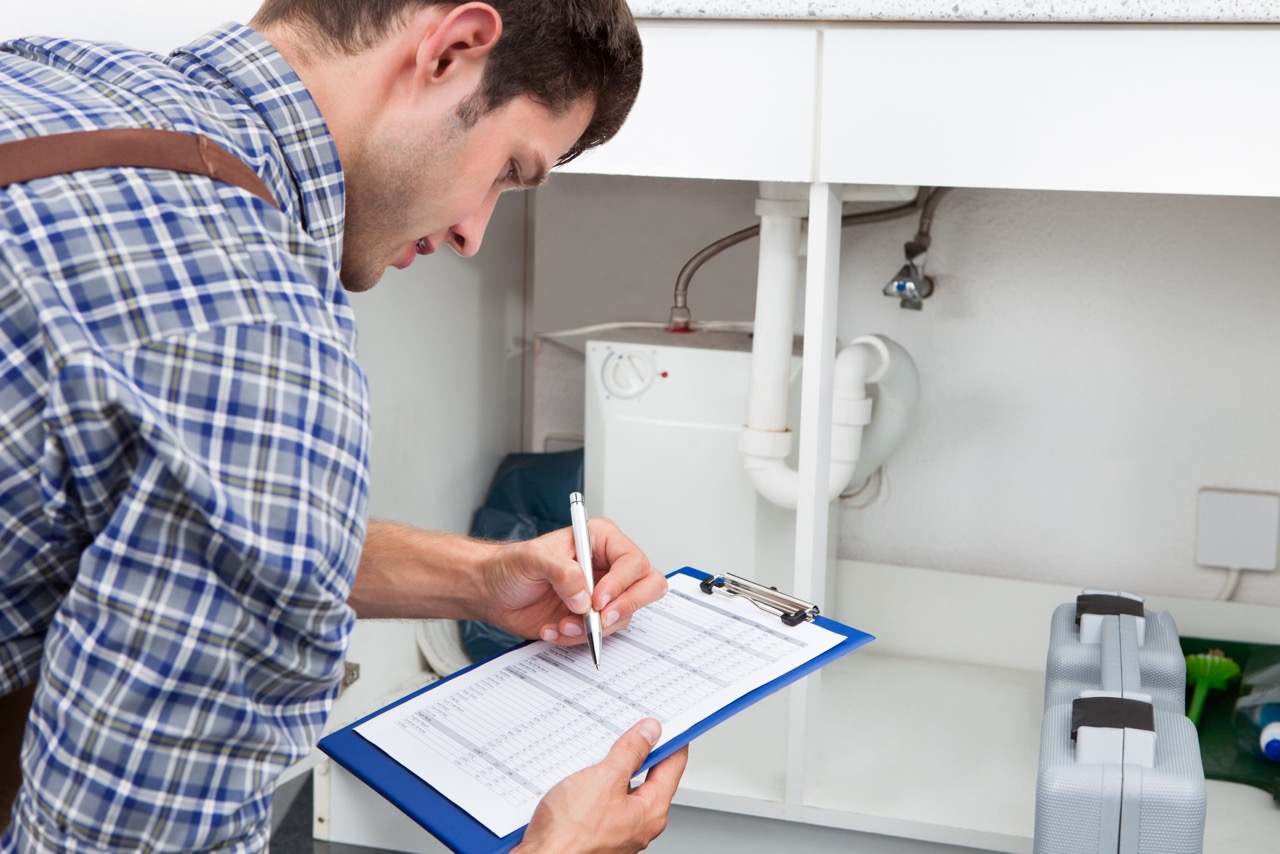
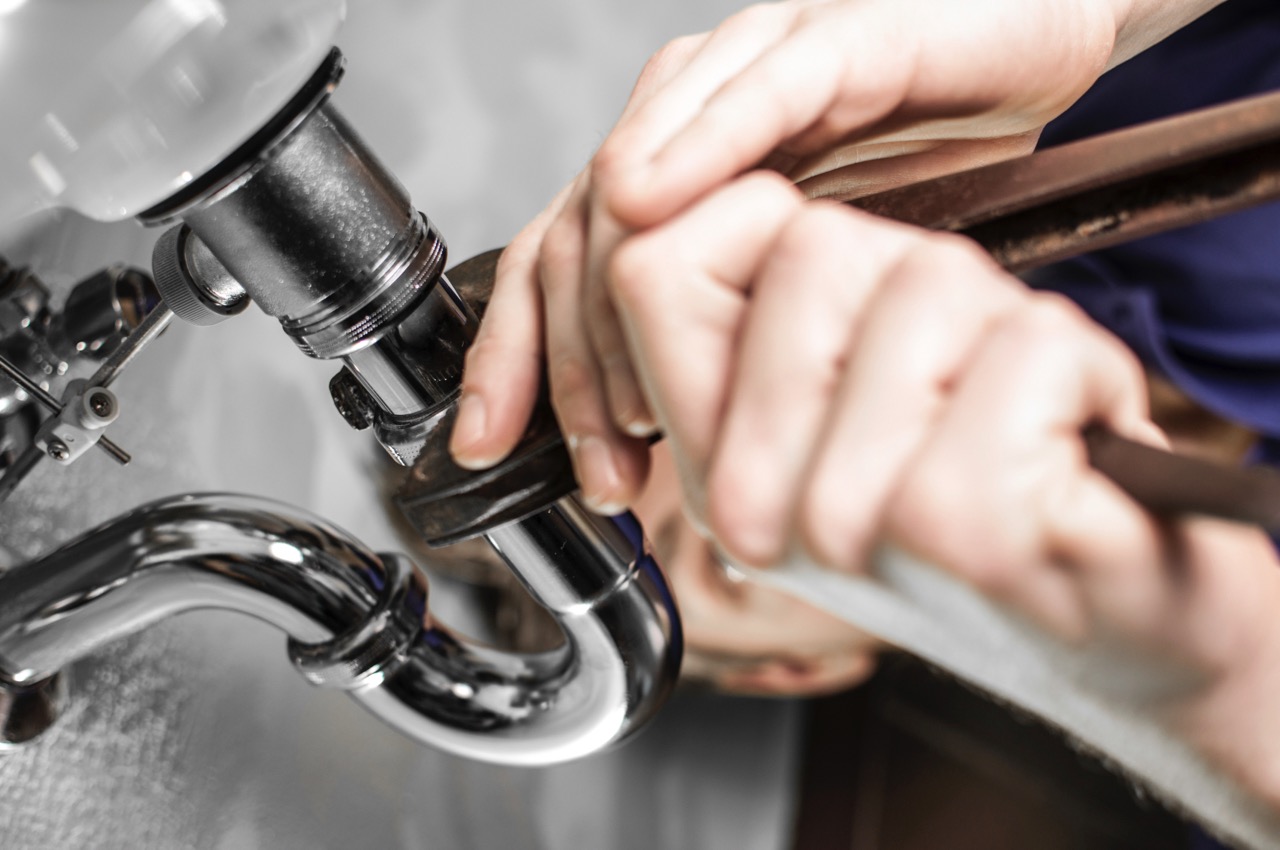
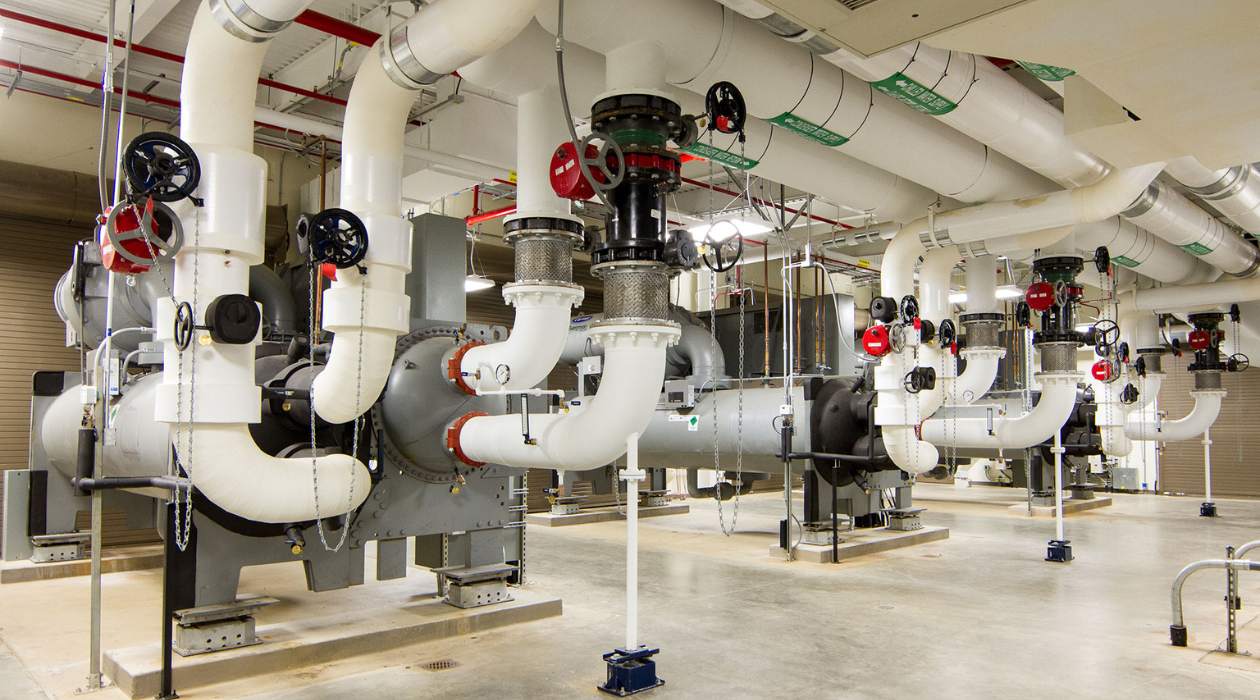
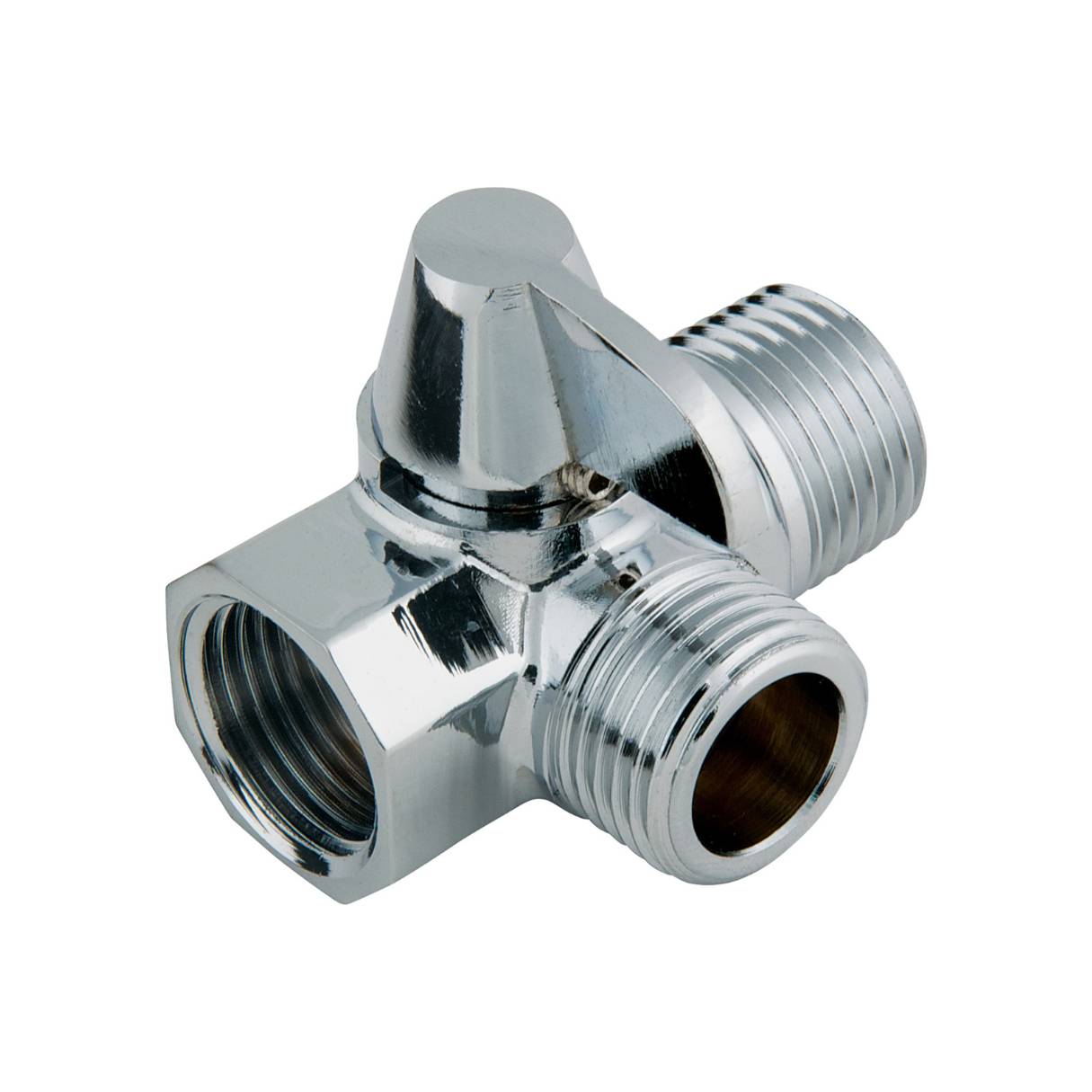
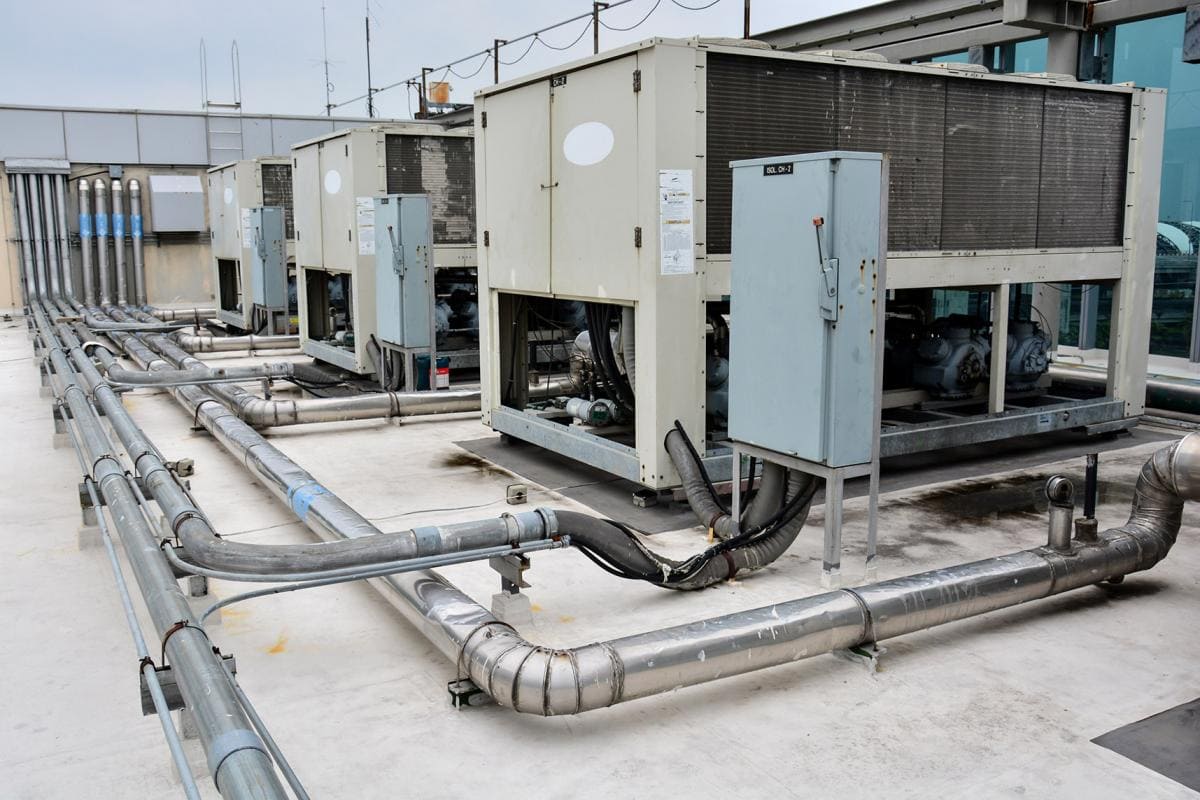
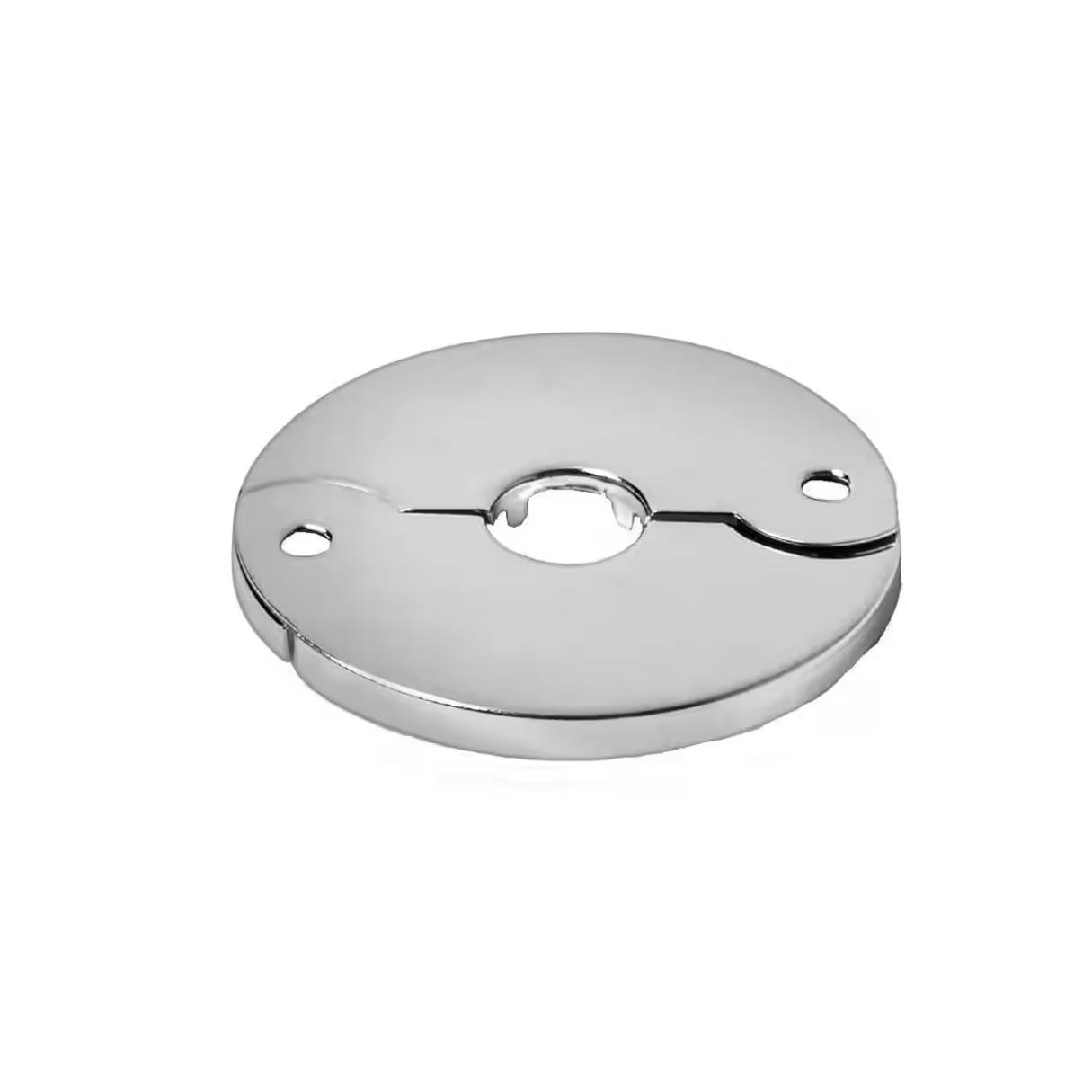
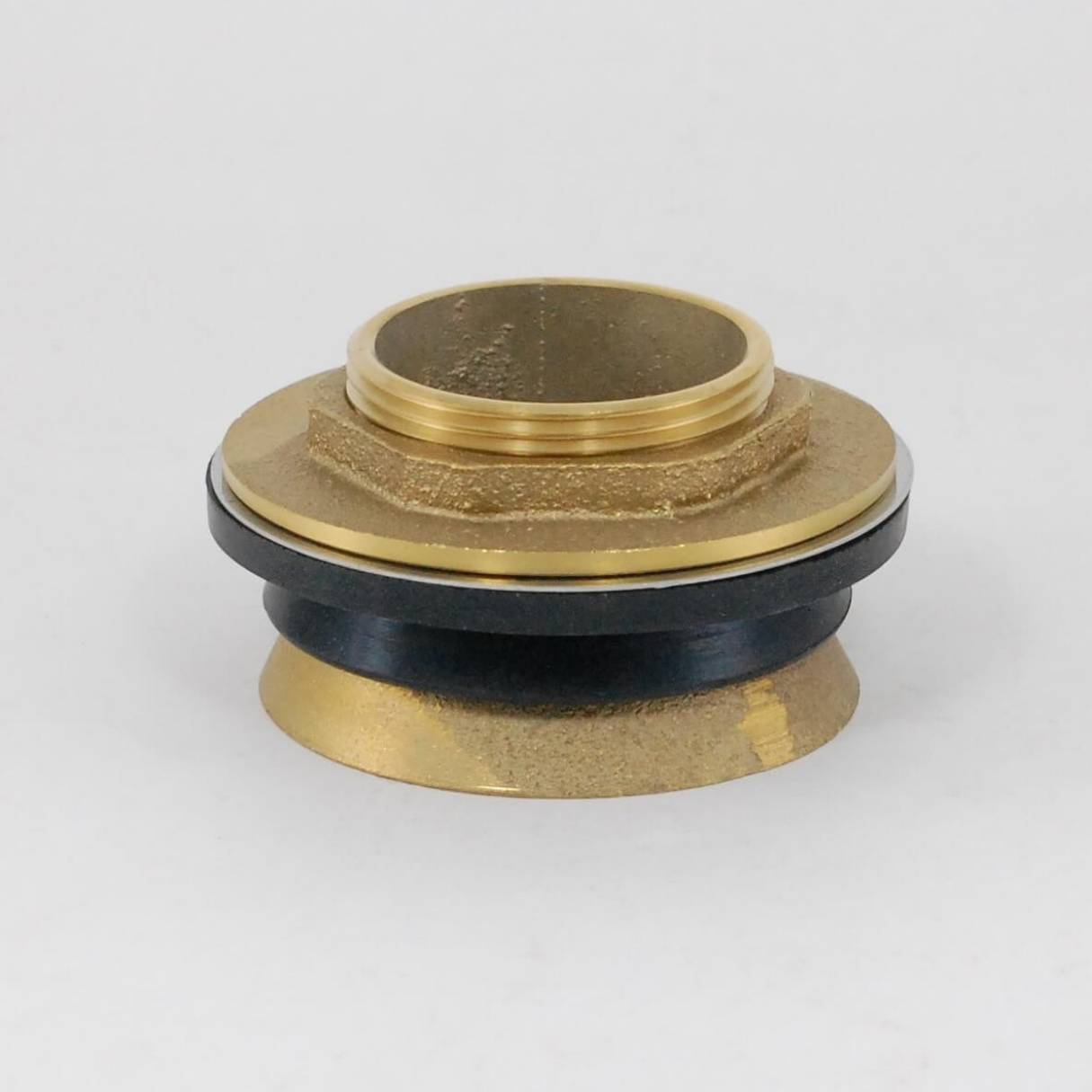
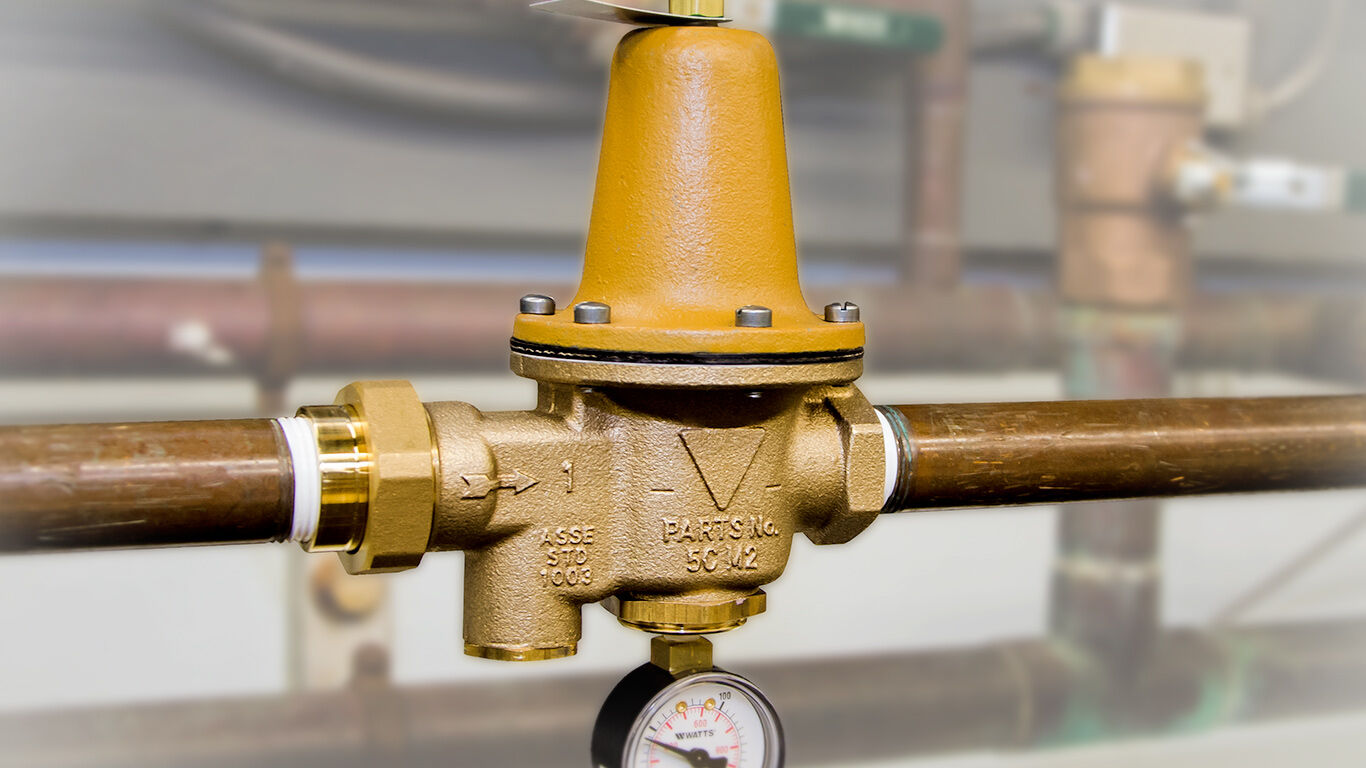
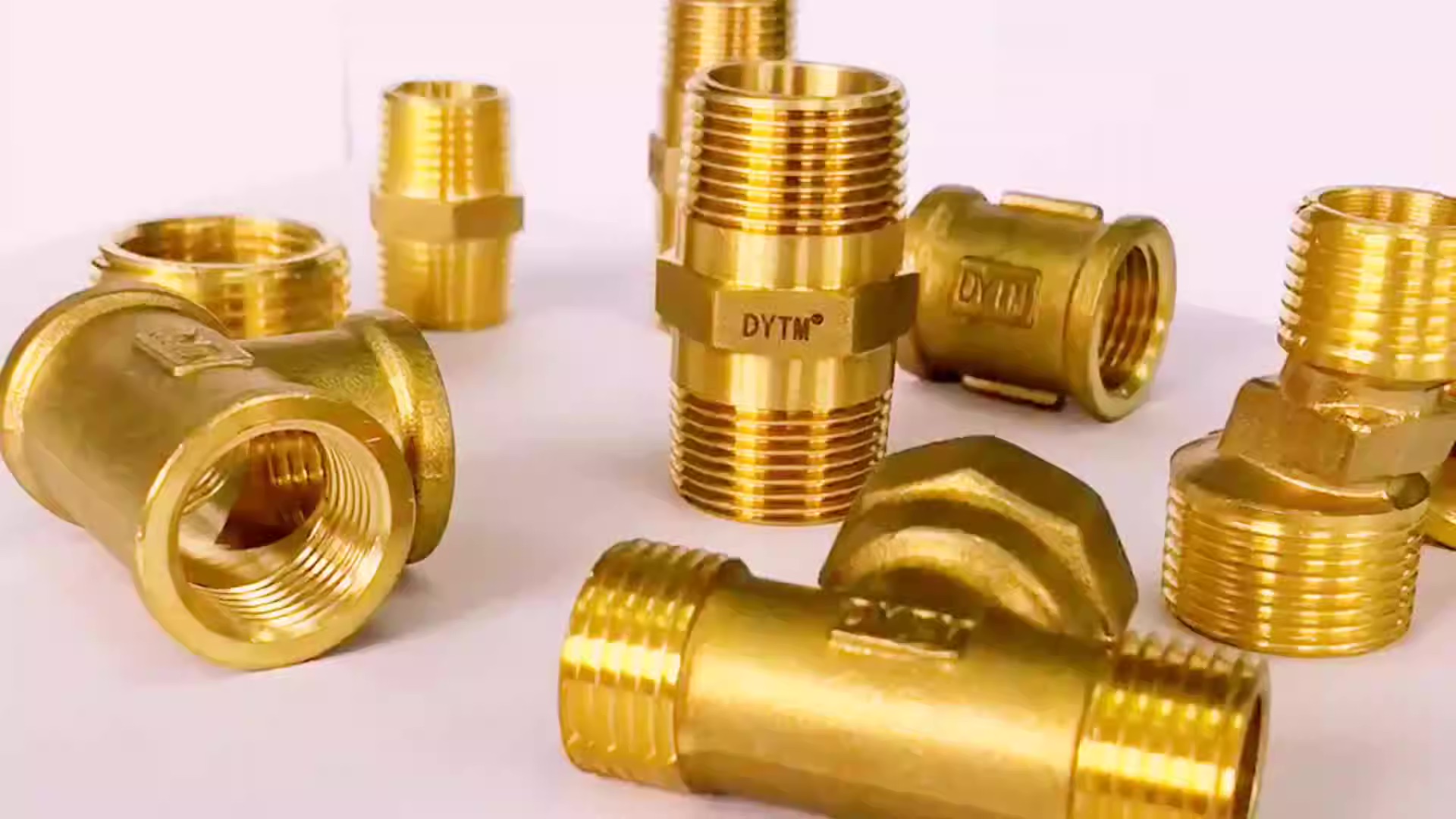

0 thoughts on “What Is AAV In Plumbing”